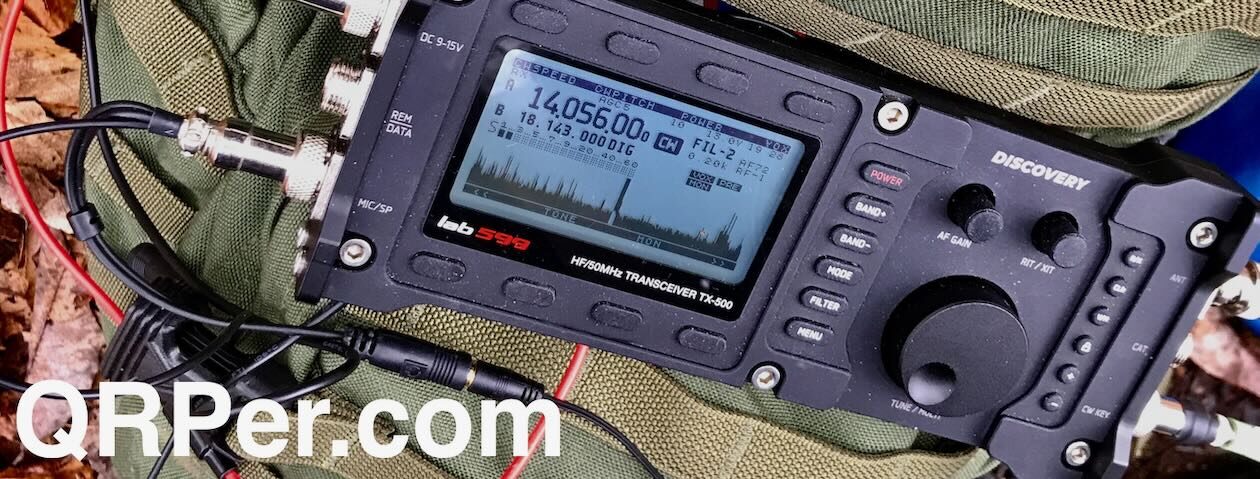Azimuth Maps & Magnetic Declination Corrections in the Field.
by Randall Tom (W7UDT)
According to the USGS website (which is wrong!), in the United States, the current magnetic declination can be found below.
Here’s the USGS link: https://www.outdoors.org/resources/amc-outdoors/outdoor-resources/what-is-declination/
 Did you know that magnetic north changes over time? And with that, magnetic declination changes over time! The link below is from the organization Alpine Savvy. Apparently, both have change dramatically.
Did you know that magnetic north changes over time? And with that, magnetic declination changes over time! The link below is from the organization Alpine Savvy. Apparently, both have change dramatically.
https://www.alpinesavvy.com/blog/find-the-correct-declination-for-anywhere.
Their website has a chart showing the change at Portland Oregon. It illustrates a dramatic change since 1900 to today, from 14° East to 22° East (currently), a full 8° difference over time.
Bear in mind, magnetic declination has a greater, more exaggerated variance and effect closer to the equator.
So what does it mean for the Ham rotating a large beam? Everything. Everything should be based on current data, specific for their location. It matters.
For the correct current magnetic declination information on your location, go to: https://www.magnetic-declination.com
Many of the online references, even those at the USGS website are incorrect. Printed maps, topographic maps, are often incorrect.
Accordingly, you’ll need to orient your Azimuth map, and your antenna orientation! In my case, 12° 52′ East in Boise… Not 15° East as shown on USGS references.
It may not seem as important in HF field operations, given many field operators utilize wire antennas and therefore antennas orientation is less impacted by precise magnetic declination. But you need to understand these changes, in declination and magnetic north are, in some way, connected to the Sun and its influence on radio propagation, and the earth’s geomagnetic fields.
As an example… In WW2, the US Navy torpedoes often failed to detonate properly due to their magnetic proximity fuse detonators. The problem: They were not properly calibrated to their respective lat/long declinations. A simple oversight, or a misunderstanding with profound implications. Its costs were incalculable and directly affected the war effort.
Per my previous post, “The World is flat! Just ask any Ham!” I’d encourage you to visit NS6T.net, print out a correct azimuth map for your location, and get your current magnetic declination, and adjust accordingly.
Well then, there ya go… Shoot straight, Good DX, and 72!
de W7UDT ID sk ee



















